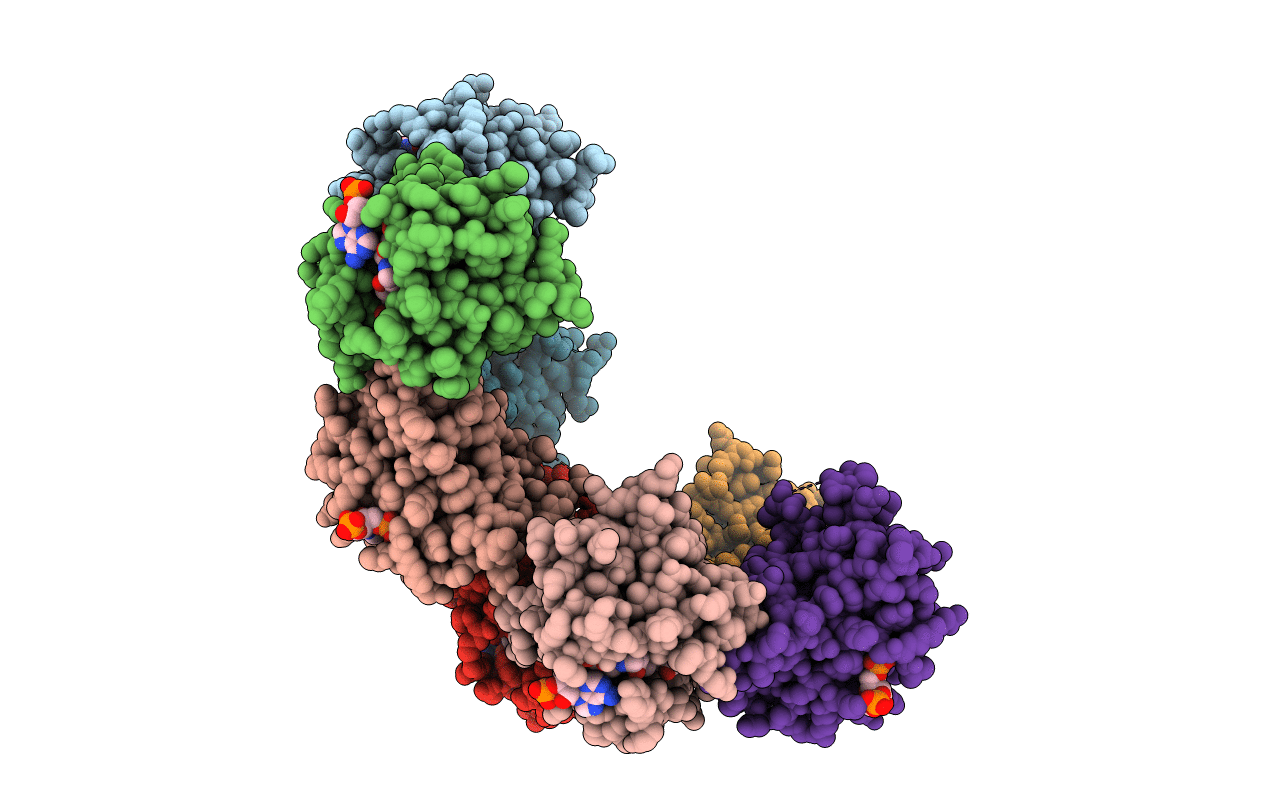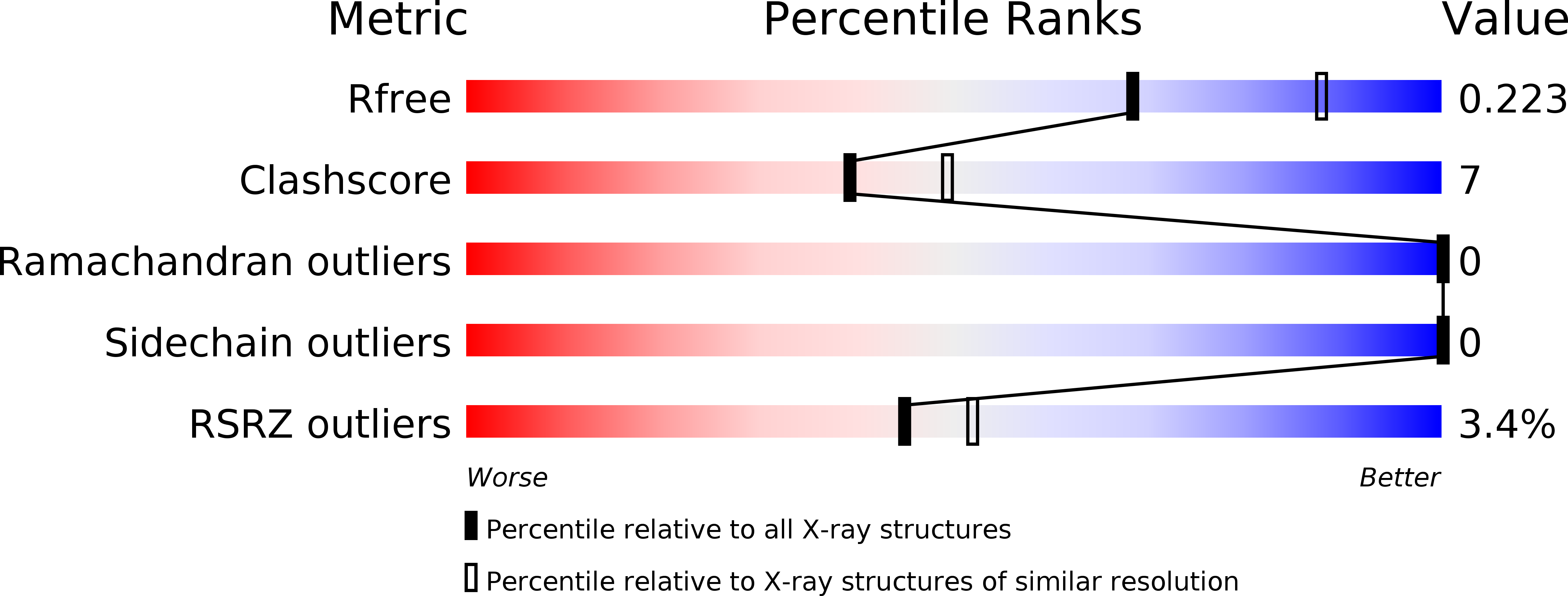
Deposition Date
2016-10-26
Release Date
2017-12-06
Last Version Date
2023-10-04
Entry Detail
PDB ID:
5TRL
Keywords:
Title:
Crystal structure of human GCN5 histone acetyltransferase domain
Biological Source:
Source Organism:
Homo sapiens (Taxon ID: 9606)
Host Organism:
Method Details:
Experimental Method:
Resolution:
2.30 Å
R-Value Free:
0.22
R-Value Work:
0.19
R-Value Observed:
0.19
Space Group:
P 21 3


